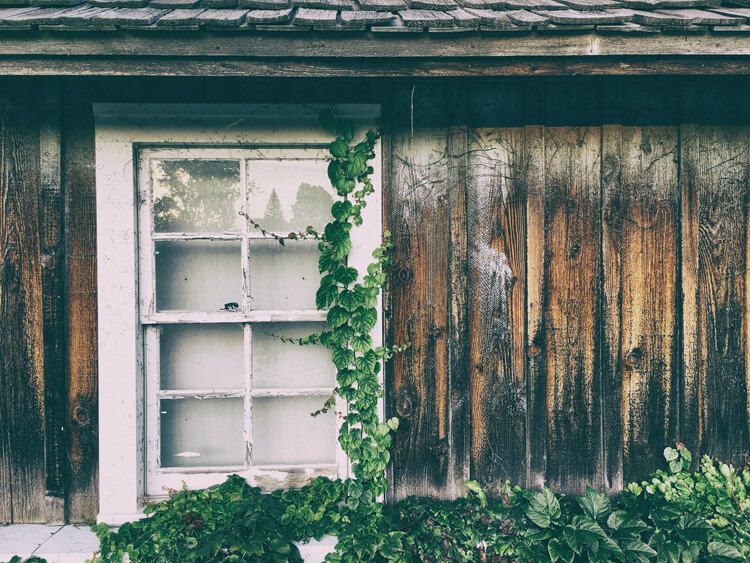Mold Remediation
Finding mold can make your stomach drop. Not only is it unsightly, but it can cause serious damage to your health. When you see mold, your first thought may be one of fear and panic. Is this mold dangerous? How far has it spread? How much is it going to cost to get rid of it?
In theory, mold remediation is a very straightforward process. However, remediation isn’t simple to put into practice. It is always best to hire a professional company, with access to the proper tools, that will follow the process with exactness. In this way, you’ll have the assurance that your mold problem will be eliminated.
What is the proper process?
1. To Test, or Not to Test?
Do you need to test your home for mold? If you can visibly see mold, you don’t need to spend the money on a test. However, if you’re worried about a moldy odor, or you notice you have a water leak or moisture buildup somewhere, a test may be worthwhile.
2. Find the Water, Find the Mold
Mold is tricky, and there is often more than meets the eye. You can’t get a clear picture of the extent of mold from a simple glance. In fact, mold often grows behind walls and other objects. Understanding the damage mold is causing in your home is crucial, and you’ll find that understanding by locating moisture in your home. Be on the lookout for leaks and other water infiltrations into your home.
3. Document the Mold
Document the extent of your mold situation with photos, video, and even writing. This will be helpful for your mold remediation company to begin developing a remediation plan. They will need to determine the testing that needs to be done, when they will begin remediation, what process they will undertake, and more.
As your mold problem is documented, it will be possible to determine the extent of damage.
Just how far has the mold traveled? You’ll need to determine how far it has spread and if it’s in the home’s HVAC system. Then you can create a plan for cleaning up the mold without damaging the health of those who live in the home.
4. Begin Remediation
Mold needs to be physically removed from the structure. Simple surface cleaning will not eliminate mold. Because of this, remediation is two-part. It involves cleaning up the mold without harming anyone, and preventing the return of mold by taking care of the source of moisture that is causing the mold. The process is the same for all mold problems:
- Wear proper protective clothing, including a high filtration mask and vinyl or neoprene gloves, to ensure you aren’t hurt by exposure to mold spores. If you’re dealing with a larger mold remediation project, wear a full protective suit.
- Fix the water problem to prevent new mold spores from growing.
- Block off the contaminated area by closing doors and windows. You may also need to cover doorways and other openings with 6 mil polyethylene sheeting so mold spores don’t spread throughout the home.
- Mist the contaminated area to suppress dust. If mold spores spread through the air, they become much more difficult to capture.
- Remove damaged materials by putting them in plastic bags (6 mil thick). Then double bag and tie the bags closed. Wipe the outside of the bags with a damp cloth and detergent solution, and then place the bags in outside trash cans. Affected materials like drywall, insulation, and baseboards are typically discarded as they are extremely difficult to restore.
- Clean non-porous materials and wood surfaces that are moldy with a wire brush. Then wipe the area with disposable wipes. Again, throw wipes into a 6 mil polyethylene bag, double bag it, and tie it closed.
- Some mold problems are considered Level 1, and can be taken care of by cleaning the area with a damp cloth and detergent solution. A qualified mold professional will likely use an antimicrobial chemical to clean the mold. If you have a Level 2 problem, on the other hand, all surfaces must be vacuumed with a HEPA vacuum before cleaning with a damp cloth and detergent solution.Make sure HEPA (High Efficiency Particulate Air) vacuums with HEPA filters are used, as these are the only filters designed to capture mold spores. A regular filter won’t work.
- Check the areas to make sure you see no mold, dust, or debris.
- Dry the area completely, using dehumidifiers or fans. You can also raise the temperature indoors to help with the drying process.
5. Remove the Moisture
Mold will only return if the moisture isn’t controlled. Fix the source of moisture to prevent a sure buildup. A mold professional may use a sealer to keep the treated areas resistant to water damage and mold.
6. Follow up
Check on the problem after it has been fixed. Make sure nobody in the home is suffering physical symptoms of mold exposure, check that moisture is not re-entering the area, and look for signs of mold — both visual and through odors.
When you begin the mold remediation process at the first sign of mold, your chances for success are much higher. While the process is not a pleasant one, it is definitely possible to eliminate mold from your home.
Deborah Lamberton is the general manager for New Life Restoration, a 24/7 disaster cleanup company that offers fire & smoke, water & storm damage, mold remediation and more.


2 comments